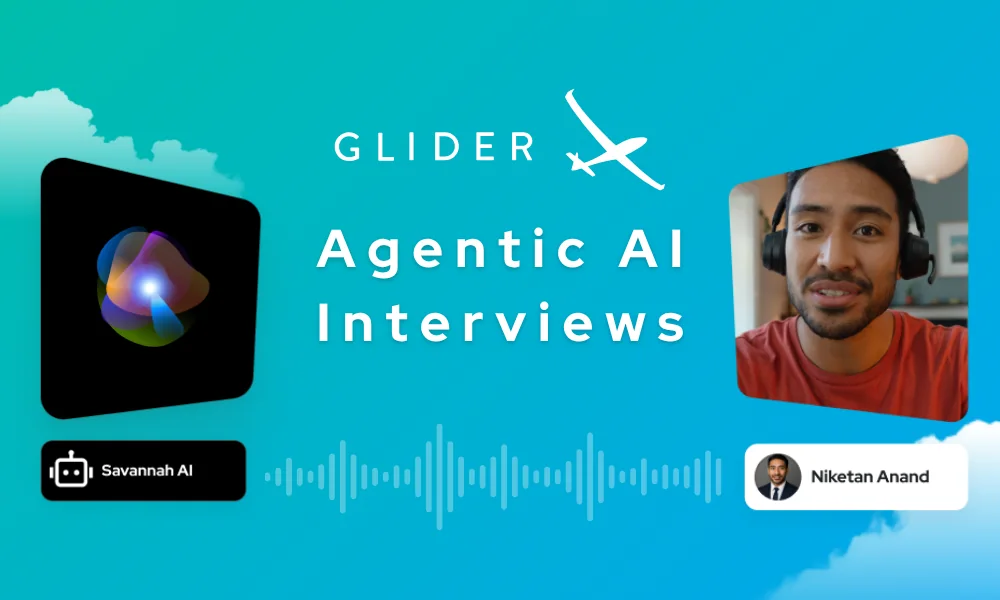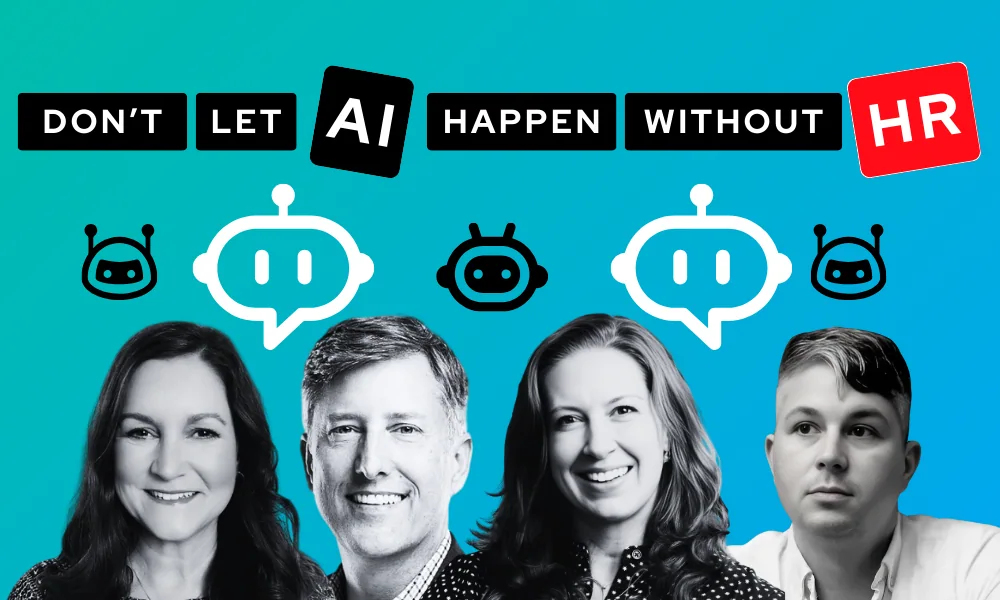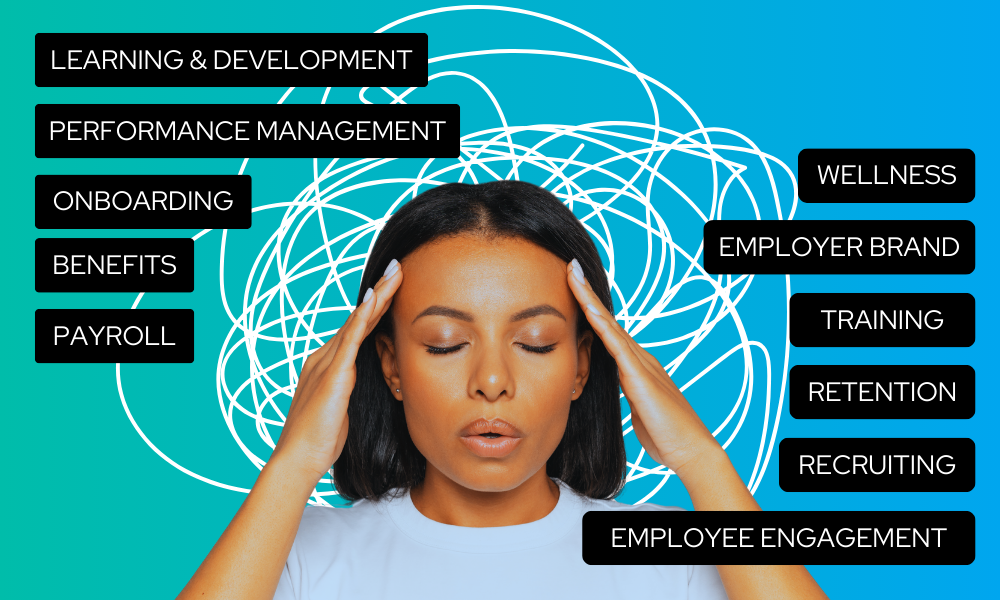Introduction
No longer relegated to science fiction, AI is well and truly here — and it’s fundamentally changing how companies train and upskill their people.
However, because the shift has been so sudden, many employers do not fully understand AI’s potential, much less how to leverage it for workforce development.
How do you take full advantage of AI-driven employment development tools?
In this blog, please discuss the benefits of AI-driven training and how to implement it in your organization. We also touch on future trends to look forward to.
Understanding AI And Its Impact on Workforce Development
AI automation and AI-driven analytics can pinpoint skill gaps, allowing companies to align their workforce with their business goals.
These technologies can also help human resource teams develop targeted strategies for attracting and developing the talent they need so that they have the right people with the right skills at the right time.
Benefits Of AI in Workforce Development
According to a PwC report, 79% of global CEOs say that a “lack of essential skills” in their workforce significantly threatens their company’s growth.
- AI-guided training programs can directly align training with in-demand skills to tackle this issue. This technology can analyze job descriptions and training results to identify skills gaps and actively recommend targeted training initiatives.
- Traditional training models often overlook individual learning styles and speeds, but this is not a problem with AI.
It can assess a learner’s progress in real-time and adjust the curriculum accordingly to maintain the right level of challenge.
With this personalized approach, you can design employee development programs that excel in maintaining learner engagement and boosting retention rates.
- What’s more, AI-driven training programs are much more scalable than traditional workshops and seminars.
You can use AI-powered platforms to deliver consistent and extensive training to however many employees you need to train — no matter where they are.
This is why many multinational corporations have started using it to standardize their workforce development training programs across their global offices.
- Because AI platforms can be designed for accessibility, these systems can adapt training materials for people with disabilities.
Challenges Of Implementing AI in Workforce Development
- Many employees fear AI may replace them, causing hesitancy in adopting new AI-related technologies. This resistance can make it doubly hard to integrate AI into your workforce development strategy.
- Another challenge is cost. AI is relatively new, so it’s still expensive. Small and medium-sized companies may find allocating resources to AI education and training particularly difficult.
- Then there’s the problem of complying with ever-changing AI regulations and ethical standards.
Strategies for Successful AI-Driven Workforce Development
To take full advantage of AI-driven training, you must:
- Invest in training programs (both internal and through partnerships with universities) to bridge the skills gap and prepare your team
- Work with educational institutions to ensure that your training curriculum reflects real-world needs
- Support a work environment that values continuous learning and experimentation to make AI adoption smoother
- Prioritize responsible AI practices by addressing bias, safeguarding data privacy, and adhering to ethical and legal guidelines.
With these strategies, you can overcome the challenges of shifting to AI-powered workforce development and position your company for success in an AI-driven future.
Future Trends in AI-driven Workforce Development
1. Role of AI in Workforce Development
AI-driven tools can actively identify skill gaps within an organization, curate training materials, and deliver personalized learning experiences based on that data.
For instance, AI can be programmed to analyze employee performance data to recommend relevant courses and automatically generate micro-learning modules that target the specific weaknesses it identifies in individual performance.
These AI-generated training materials may soon replace traditional one-size-fits-all training programs.
Employees will learn at their own pace and focus on specific areas most relevant to their roles (as determined by AI analysis). With this data-driven approach, organizations can reduce training time and costs.
2. Impact of AI on Traditional Workforce Models
Traditional workforce models depend on face-to-face interactions and bind employees to specific physical locations and strict working hours. Access to information is also often restricted.
Companies can use AI-driven tools and AI automation to create more flexible work environments with easier access to information.
The possibilities are exciting — for example, employees can use AI-powered remote collaboration tools to work anywhere and quickly tap into the knowledge they need to do their jobs well.
AI can automatically personalize information access for each employee to deliver relevant data based on their role and current task.
AI translation can potentially remove language barriers for global teams to foster effective communication.
3. Enhanced Learning Experience
Are you looking for ways to make your employment development programs much more exciting?
AI can quickly create immersive learning environments using virtual reality and augmented reality.
You can use it to create training scenarios that replicate real-world situations or even provide real-time feedback on employee performance during tasks with AR overlays.
Big names like Chipotle and Walmart already use augmented reality to train their employees. With this technology, they can practice procedures and skills in a safe, simulated environment without the risk of making expensive real-world mistakes.
4. Personalized Training Programs
AI technology can create customized training plans after analyzing an employee’s experience and learning style.
The result? Employees can quickly acquire the skills they need to do well in their roles, increasing productivity overall.
5. Data Privacy Concerns
Because AI relies heavily on confidential employee data, some of which may be confidential, companies must establish iron-clad security measures and transparent data collection practices. The goal is to protect employee information while allowing AI to function effectively.
6. Lack of Human Touch
While AI’s benefits are undeniable, it doesn’t even come close to the nuances of human interaction.
Human creativity is far superior when generating new ideas and solutions to unexpected problems.
As a result, organizations are unlikely to rely on automation entirely. Human-led mentorship and collaborative coaching programs will complement AI-driven workforce development programs.



